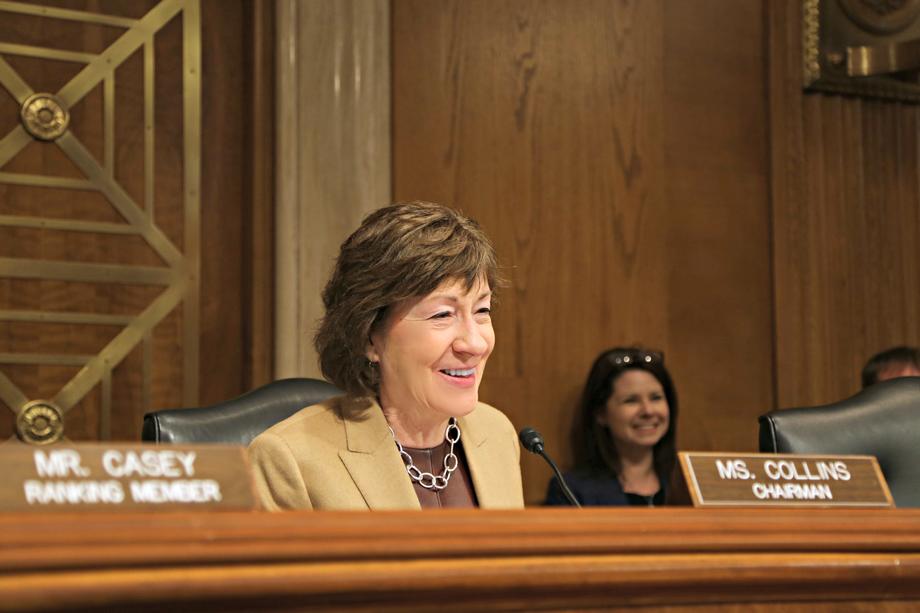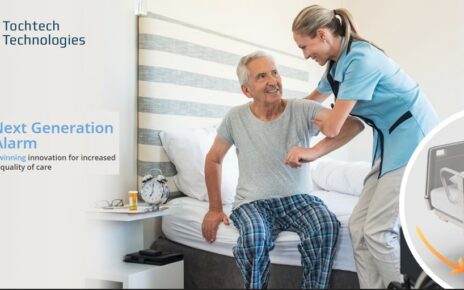Chairwoman Susan Collins (R-ME) and Ranking Member Bob Casey (D-PA) are seeking input on this year’s Annual Report to Congress, which will focus on the “prevention and management of falls and fall-related injuries.”
The committee will be examining best practices across various settings, including home and community-based services, assisted living, skilled nursing and acute care hospitals. The Committee will also be focusing on screening and prevention issues around osteoporosis. The committee is asking for input on the following questions:
- Reporting and Follow-Up
- To what extent are falls unreported among older Americans?
- What strategies can be employed to encourage patients to promptly notify their health care provider or caregivers of a fall?
- How can follow-up with appropriate healthcare providers be improved after a visit to an emergency department for a fall?
- Tools and Resources
- What learning tools, resources or techniques can be used to empower patients to change their home environment or modify risk factors to reduce the risk of falls?
- What are the opportunities and limitations surrounding assistive technologies?
- Are there any federal policy barriers that make it difficult to offer tools and resources to patients to prevent falls?
- Medicare
- How can the “Welcome to Medicare” visit or the “Annual Wellness” visits be improved to better assess fall risk and fracture prevention and ensure appropriate referrals?
- How can Medicare coverage and reimbursement for falls prevention and fall-related services be improved?
- How are existing Medicaid waivers being utilized for falls prevention and fall-related services?
- Are there demonstrations or pilot programs that the Center for Medicare and Medicaid Innovation should consider?
- Evidence-Based Practices
- Are the evidence-based practices that reduce the rate of additional bone fractures among those older Americans who have fallen and broken or fractured bones?
- Are there regional differences in the utilization of these services, evaluations, or screenings?
- Are there models (such as the Million Hearts Campaign) for other health conditions that have applicability to reducing the overall rate and impact of falls among the elderly?
- Polypharmacy
- What recommendations do you have to ensure prescribers take into account the relationship between polypharmacy and falls risk when making both initial and follow-up clinical decisions for high-risk patients?
- Is there a need for increased research on the link between polypharmacy and falls-related deaths and/or injuries?
- Transitions of Care
- How can the transitional period from a hospital or skilled nursing facility to the home be improved in assessing the home for fall risks?
- What more could be done by government agencies to support fall risk assessment and the implementation of protocols that could be used to prevent falls in the home care population?
- Post-Fracture Care
- What can be done to create a care pathway for patients post-fracture to ensure proper follow up care and prevention of future fractures?
- Are there best practice models that can provide implementation opportunities?
- Are there any federal policy barriers to implementing best practices in post-fracture care?
The Committee would like submissions by June 26, 2019 submitted to: AnnualReport@aging.senate.gov. (Note: All submitted comments will be considered part of the official public record.)




